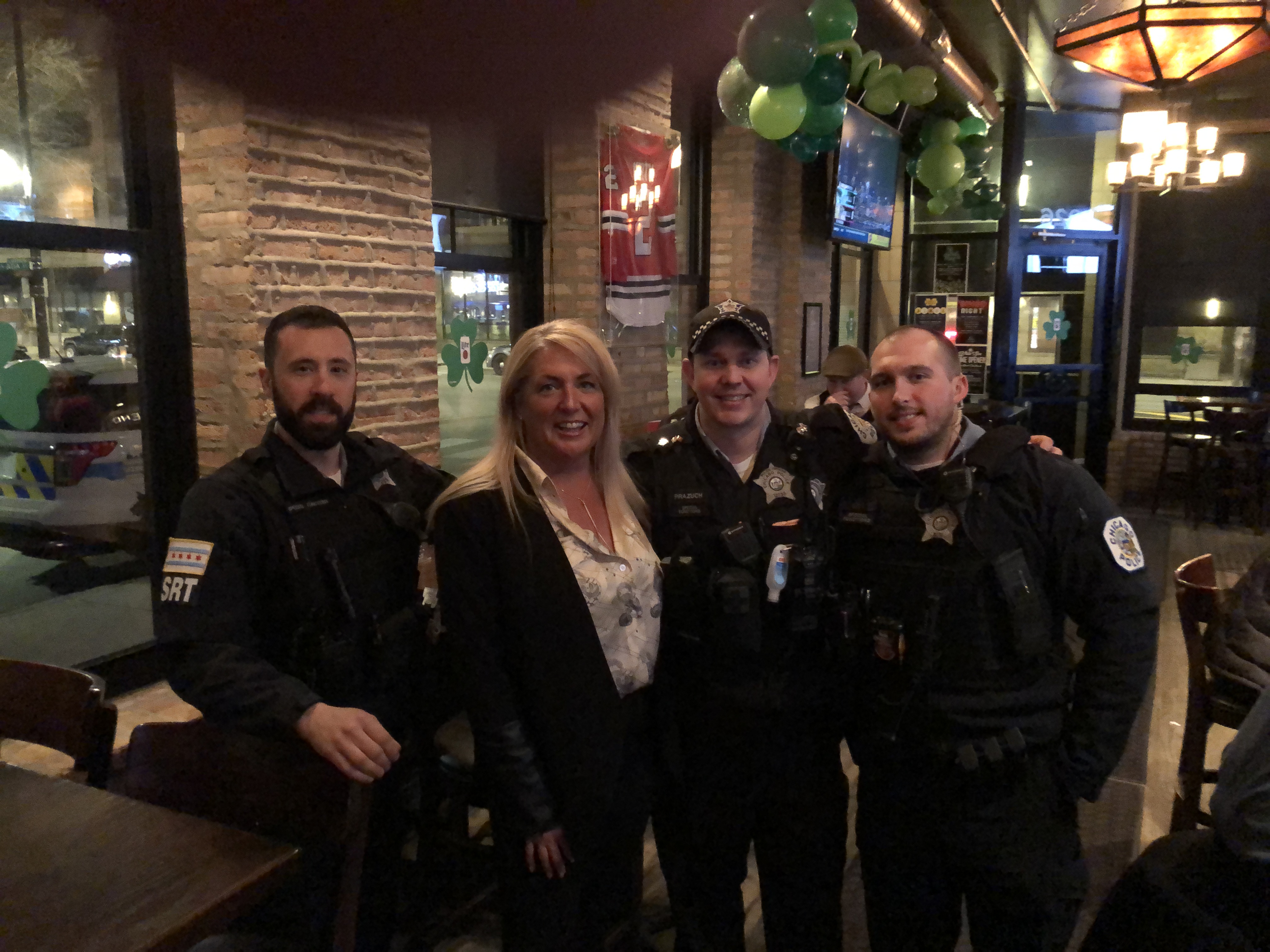
Brands are not products, they are stories well told
September 8th, 2020 Posted by Emergent brand marketing, brand messaging, Brand preference, brand strategy, consumer behavior, Consumer insight, Content Marketing, Emotional relevance, engagement, Growth, Healthy lifestyle, Healthy Living, Higher Purpose, Insight, Marketing Strategy, storytelling, Transformation 0 comments on “Brands are not products, they are stories well told”Here is how to tell them powerfully, persuasively
Brands and businesses are increasingly challenged by shifts and changes in consumer behavior that make it harder than ever to win in the marketplace based on perceived technical advantage, ingredient strengths or special formulation “sauce” as a reason to believe.
Moreover, brand content creation is being held captive by outmoded strategies built on feature and benefit selling that no longer holds sway with consumers who are in a position to ignore it. The path to authentic engagement is now found through hyper relevance to consumer interests, concerns and passions.
What remains most challenging about this authentic engagement insight is the conventional, outmoded marketing paradigm stands as a barrier to securing the needed relevance. The root trouble begins with how brand audiences are defined, in many instances painted with a broad brush that declares everyone is a prospect between a certain age range and household income level. This kind of thinking, which leads to “all things to all people” communications strategies, is a recipe for ignorable and wasted marketing spending.
We have seen this time and time again: when the consumer cohort the brand wishes to serve is narrowed considerably to the audience most likely to become enthusiastic fans and followers based on lifestyle considerations and priorities, the door is opened to almost magical opportunities for connection at an emotional level. Precisely where the brand needs to be by the way, for the very reason human beings are emotional and not rationally-driven creatures.
Success begins with a tighter, more focused and thus stronger go-to-market strategy
When we first were engaged by Sargento Foods, the brand behaved in the marketplace as a commodity cheese player in a commoditized category. Dairy aisle cheese share leader was the store brand and the primary national brand participants, Kraft and Sargento, were in constant motion to manage block cheese price costs to the gap between national brand and private label retail pricing. This was a recipe over time for static share conditions and fluctuating margin performance. For the consumer cheese was cheese was cheese unless provided with another relevant reason to prefer one brand over another.
The cycle could only be broken by first redefining the target audience. Rather than all things to all people, insight and segmentation research uncovered a cohort of the dairy aisle cheese-buying consumer who was all about cooking, using quality ingredients, inspired by chefs, consumers of food TV programming, bought cookbooks, loved being in the kitchen and cared about the food adventure they put on the dinner table.
What if Sargento worked to serve their interests and needs, focusing on the story that had to be created around culinary inspiration, love of food, taste, quality and cooking? This led to premiumization of the entire business, along with new products called Artisan Blends that combined their classic varieties with high quality cheese created by artisan producers, a new premium pricing strategy at retail and importantly, an entirely new story to tell.
It was a bold move. It was decisive. It was focused. It fed a platform of more compelling brand storytelling because it was first and foremost about this consumer segment’s love of food, passion in the kitchen and romance around taste and flavor. This is different than publishing a recipe for lasagna or the next round of ‘buy one get one.’
The outcome was compelling and transformational for the company. Today Sargento is a leader in their category and the move to snack products through the Balanced Breaks line has been a phenomenal success.
Proof that even a larger CPG brand can find a new reason to be and add deeper meaning by starting with a new picture of whom they wish to serve. Then, relentlessly driving on that insight to be hyper relevant to a consumer who is actually paying attention.
Do you know what the deeply engaged consumer values?
The road to engagement is paved with insight and understanding into the hearts, minds and lives of those you wish to serve.
Imagine the treasure trove of understanding the Clif Bar company amassed as they became an early mover in higher purpose brand building, aligning their business with outdoor adventure experiences and cycling. They understood this human because they lived and breathed the same air, participated in the same adventures, and remained steadfast in mirroring the ethos and beliefs of people who were driven to live this way, on a mountain trail on a mountain bike.
Whole Foods was an early player in the organic movement, and then successfully made a pivot to embrace culinary inspiration and the transition to higher quality, fresh food experiences. In doing so they invested heavily in content creation around creativity and inspiration in the kitchen, catering to the lifestyle aspirations of home cooks who found creativity at the stove to be a purposeful and fulfilling avocation.
- They were a mirror of what people who care about food and love to cook are concerned about. Quality of ingredients is a big deal, and so the videos they created took customers to the farm to meet the grower of fresh strawberries. It was powerful for the very reason it helped these shoppers feel good and wise and confident and connected to the earth and what they purchased earlier that day.
Ironically, when Whole Foods began to dilute this investment and commitment to relevant culinary storytelling, the company balance sheet slid at the very time other banners were closing the gap on store experience, and opened vulnerability to acquisition. We all know what happened there.
Where’s the magic?
Here is your goal, and it’s a big one: content and storytelling that wins hearts and minds is always a story that is worth talking about. This is the incredible creative challenge best answered by master storytellers who know the construction of tales that draw people in, and the role of emotion, conflict, drama and resolution so vital to bringing people close.
This approach is more uncommon than you think. Yes, there’s a ton of brand created content published each and every day, and the vast majority of it is forgettable. Why does it miss the mark so frequently? The disconnect begins with the story. The path to real engagement isn’t paved with rational, logical, fact-based downloads on your product formulation superiority. It just isn’t emotionally moving and violates the number one rule of successful storytelling.
- The consumer is always the hero of the story, not your product. The brand’s role is Yoda to the consumer’s Luke Skywalker – the wise and seasoned guide who helps the hero overcome their insecurities and lack of understanding, on their journey to mastery, bravery and success.
Rich material is found in what your users care about. This approach is unexpected and refreshing. It can become emotionally moving. It is, dare we say, how to be hyper relevant. You may be reading this and saying yeah but my business exists to sell our products or get people in the front door of our stores. To be sure, but how you get there has changed.
The greatest moment of transition to a new era of marketing success begins with embracing the counterintuitive understanding that your best move is to reflect user lifestyle needs and aspirations, feed their adventures, enable their passions and in doing so align your brand with who they want to become. This enlightened understanding of the authentic brand relationship leads to transformation in the consumer to brand relationship.
The remarkable story is built from WHY
People do not buy products, instead they buy the meaning that sits underneath. Today consumer purchases are largely symbolic gestures to signal to others what people value and what they think is important. This is the story they will tell others (their why). This matters to you because the holy grail of marketing is word of mouth and will remain so for the foreseeable future. It is now amplified by social media channels that enable the sharing of consumer experiences.
The recipe for more compelling story telling is understanding:
- Insight to how consumers see themselves
- Knowing what they value
- Their desire for deeper meaning and greater purpose in their lives
- How they can acquire a feeling of belonging
- Their goal to achieve a sense of distinction
We are doing business in the age of distinction
Category to category we continue to find in varying degrees a similar challenge: sameness.
Perhaps the best example of this is pet food, a business riding a wave of premiumization that has closely followed the rise of four-legged family members to furry “children” status. Of course, the one instrument to express the love and appreciation of the new-found value is in the quality of the food provided. Pet stores are chock full of emerging brands and some new larger players like Blue Buffalo who have successfully leveraged this ‘float all premium boats’ condition.
Having said that, the business is rife with similar, unremarkable messaging devoted to formulation superiority claims, the protein percentage wars, and assertions of improved nutrition. Walking the aisles in a pet food store is a living museum to sameness in presentation. So much so it is possible to lift language from one brand, apply it to the package of another and it still remains essentially true.
People are buying the story first and product second.
Imagine the pet brand that understands the importance of the relationship and bond between pet parent and pet, celebrating a pet-centric lifestyle – a phenomenon that is gaining momentum during the turmoil and emotional uncertainty of the pandemic. The ability of dogs and cats to favorably impact the health and wellness of their owners is a true thing. And a marketing opportunity waiting to happen!
Why is putting the wants and needs of consumers ahead of brand promotion so difficult to embrace?
Perhaps the biggest lesson of all is coming to a realization that the herculean effort to build a fantastic product is now table stakes. Awesome product performance is a requirement and not necessarily the marketing secret sauce it may have been before. The secret sauce is now found in the hyper relevant, emotionally-satisfying story that reflects the aspirations of the consumer hero and their search for a better, happier life.
Tangible benefits for paying a premium price may be there, but the truth is the price and margin multiple are enabled by the story more than the ingredient or technology.
Here it is:
Great marketing builds a perceptual advantage for the very reason it completely respects how the customer feels when buying the premium solution.
If you need help thinking through how your brand and business goes to market in the era of consumer control, use this link and let’s start a conversation.
Looking for more food for thought? Subscribe to the Emerging Trends Report.
Bob Wheatley is the CEO of Chicago-based Emergent, The Healthy Living Agency. Traditional brand marketing often sidesteps more human qualities that can help consumers form an emotional bond. Yet brands yearn for authentic engagement, trust and a lasting relationship with their customers. Emergent helps brands erase ineffective self-promotion and replace it with clarity, honesty and deeper meaning in their customer relationships and communication. For more information, contact [email protected] and follow on Twitter @BobWheatley.




